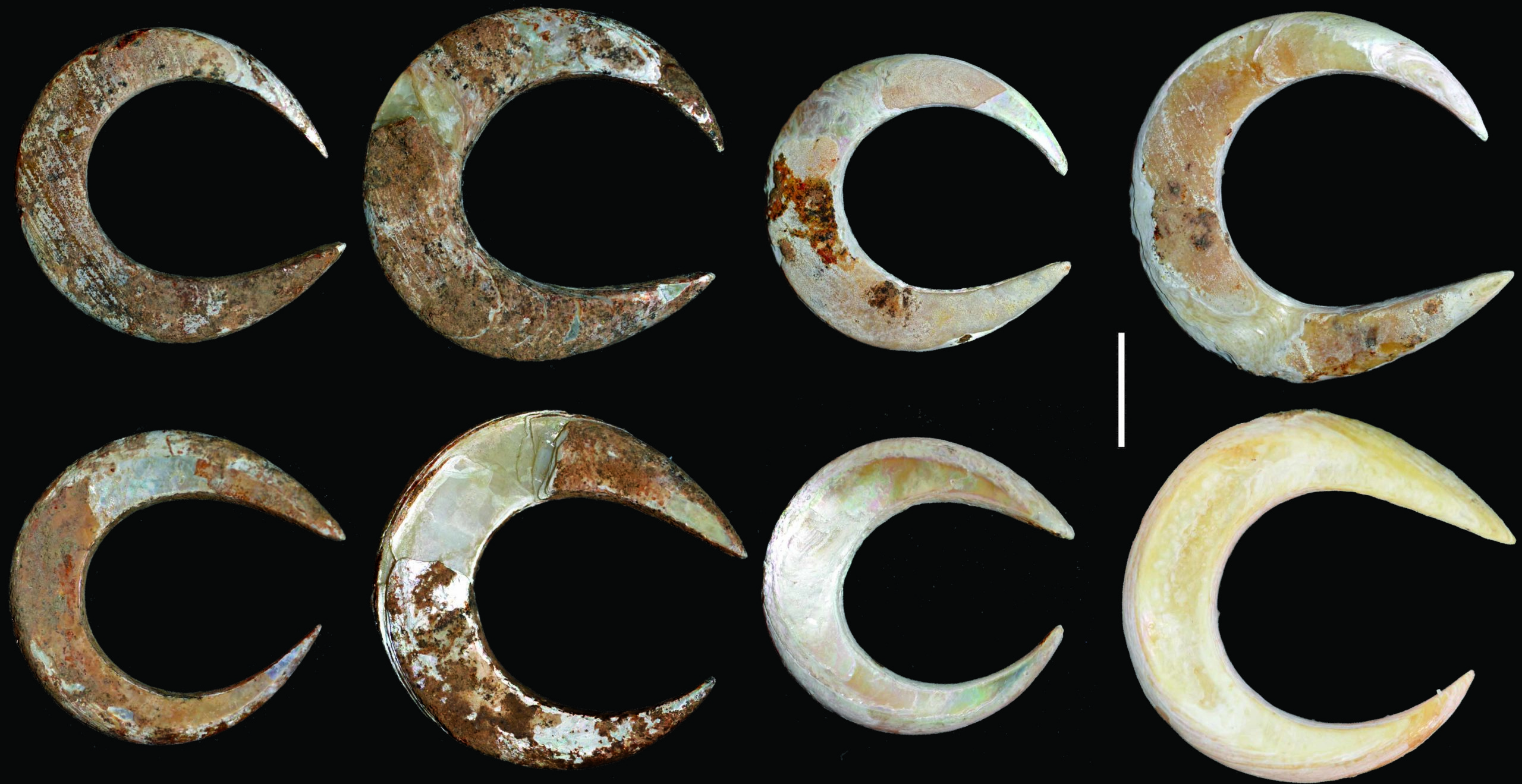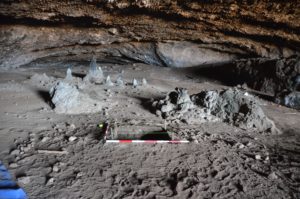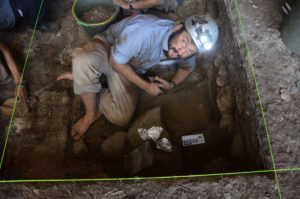
Griffith researchers contributed to a new isotopic study of fossil teeth that shows the first direct evidence that human success over Neanderthals and other hominins is due to our ability to adapt to changing environments as we island-hopped across the globe.
In a new article published in Nature Communications Associate Professor Julien Louys from the Environmental Futures Research Institute, Griffith University collaborated with the Max Planck Institute, Australian National University and Universitas Gadjah Mada to investigate how Homo sapiens colonised most of the world’s continents in a relatively short period and what makes our species unique amongst other hominins.

The team used stable isotope analysis of fossil human teeth from Timor and Alor, extremely resource poor islands in the Wallacea region east of Bali, to study the ecological adaptations our species in this isolated part of the world.
The isotopic methodology used reveals the source of food consumed by humans during the period of tooth formation.
“The islands, having not been connected to mainland Southeast Asia in the last two million years, are ideal places to test the adaptive differences between hominin species, as they have always required water crossings to reach them,” said Professor Sue O’Connor from Australian National University.
The researchers discovered from the earliest fossils in the region, around 42,000-39,000 years old, that humans relied upon coastal resources, suggesting a well-tuned adaptation to coastal areas.
“When our species first arrived in the region more than 45,000 years ago, we quickly adapted to exploiting marine habitats, as some of the world’s earliest fish hooks and the continued human migration to Australia indicates” Associate Professor Louys said.
Yet, from 20,000 years ago onwards, humans increasingly relied on tropical forest environments. As co-author Dr Mahirta at Universitas Gadjah Mada puts it, “Coastal resources such as shellfish and reef fish are easy to exploit and available year-round, however, growing populations likely forced early island occupants to look inland to other resources.”

“The results of this study support the idea that a distinguishing characteristic of Homo sapiens is high ecological flexibility, compared to other hominins from the same region,” Associate Professor Louys said.
“It provides the first direct insights into the adaptations of our species as it settled in a series of challenging island environments.
“Early human populations here, and elsewhere, could not only successfully use the enormous variety of often-extreme Pleistocene environments,” suggests Patrick Roberts, lead author and Group Leader at the Max Planck Institute, “they could also specialise in them over substantial periods of time. As a result, even if some local populations did fail, the species as a whole would go on to become tremendously prolific.”







